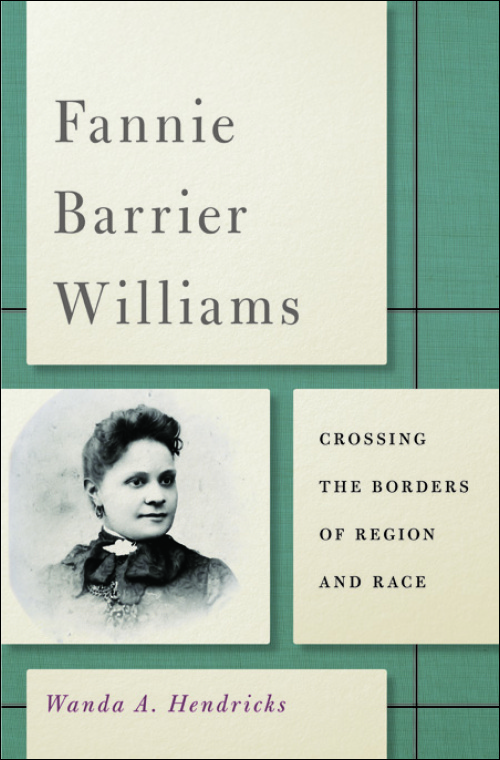Bicultural Identity Negotiation, Conflicts, and Intergroup Communication StrategiesPosted in Articles, Communications/Media Studies, Identity Development/Psychology, Media Archive, United States on 2013-05-31 20:57Z by Steven |
Bicultural Identity Negotiation, Conflicts, and Intergroup Communication Strategies
Journal of Intercultural Communication Research
Volume 42, Issue 2, 2013
pages 112-134
DOI: 10.1080/17475759.2013.785973
Adrian Toomey
California State University, Fullerton
Tenzin Dorjee, Assistant Professor of Human Communications Studies
California State University, Fullerton
Stella Ting-Toomey, Professor of Human Communications Studies
California State University, Fullerton
This qualitative study explores the significant yet understudied topic of bicultural identity and intergroup-intercultural communication. Ting-Toomey’s identity negotiation theory and Giles’ communication accommodation theory guide this investigation into the meaning construction of “bicultural identity” of Asian/Caucasian individuals and their intergroup communication strategies. Bicultural identity development is a multilayered, complex lived experience. Response analysis to the research questions revealed eight thematic patterns such as bicultural construction of integrated identity, distinctive communication practice, and identity buffering strategies. These patterns culminate to the proposed idea of a “double-swing bicultural identity” model. The study concludes with a discussion on contributions, limitations, and future directions.
Read or purchase the article here.




